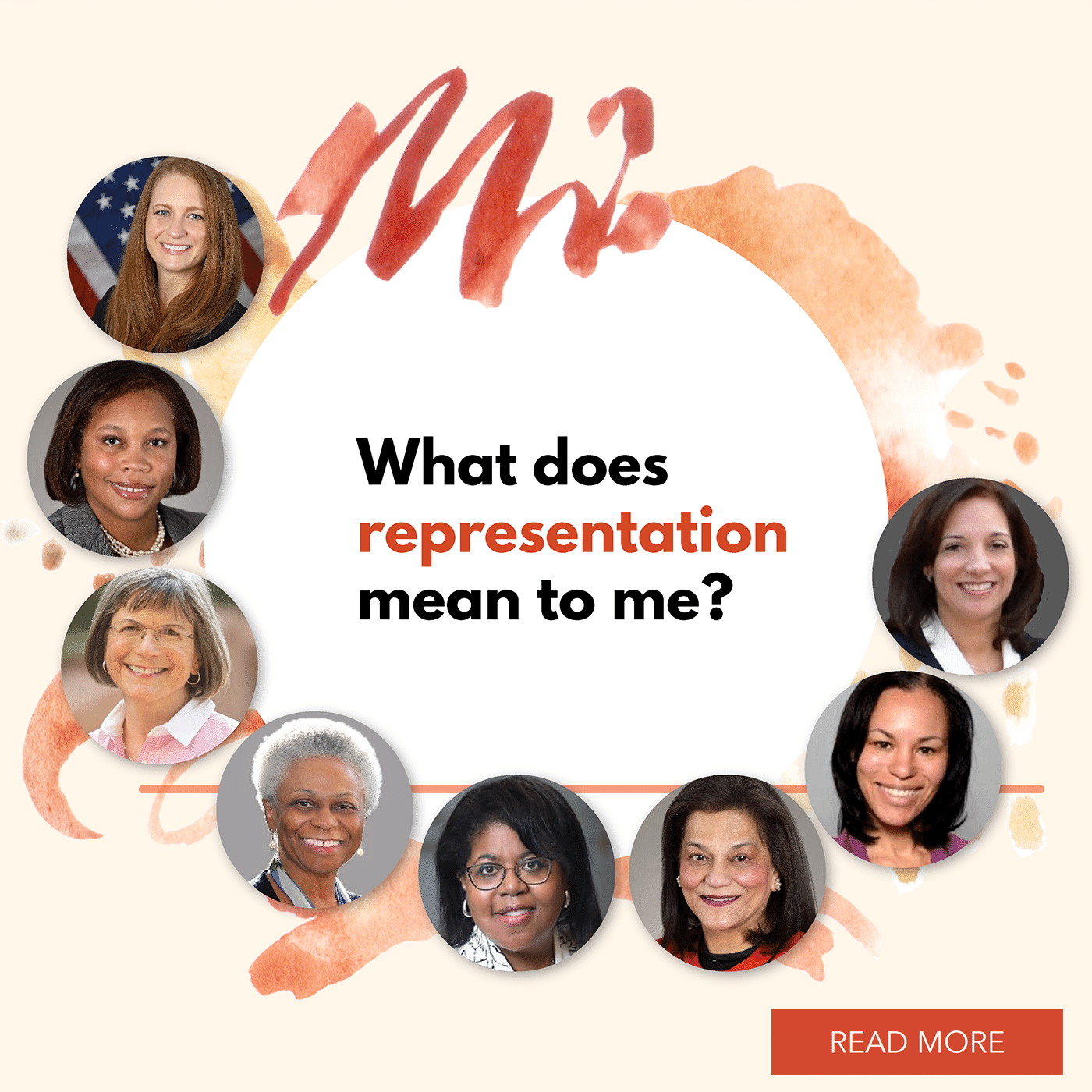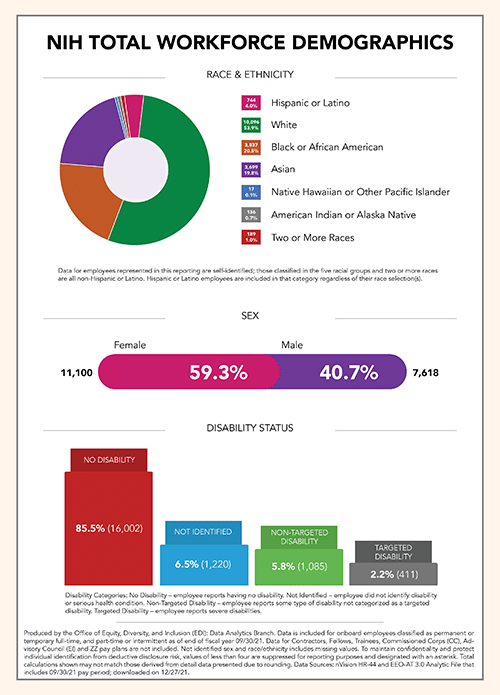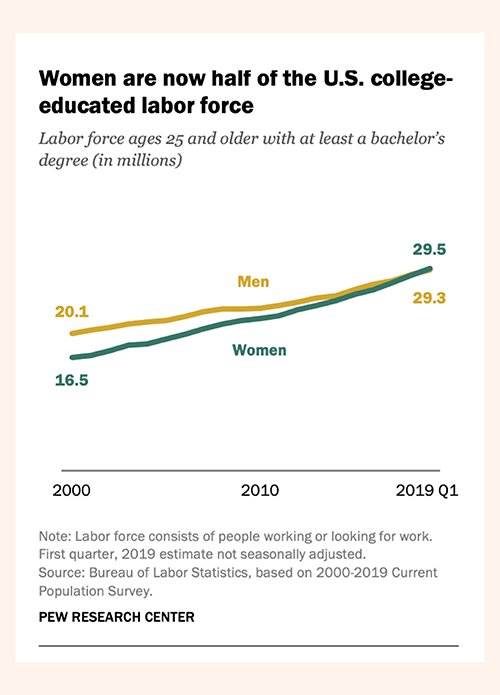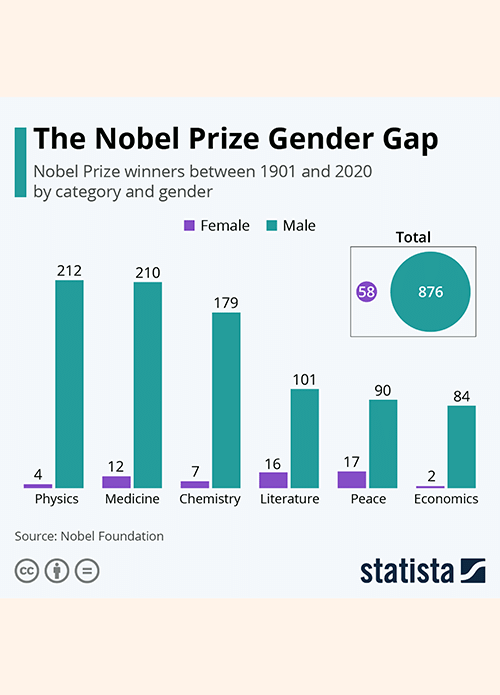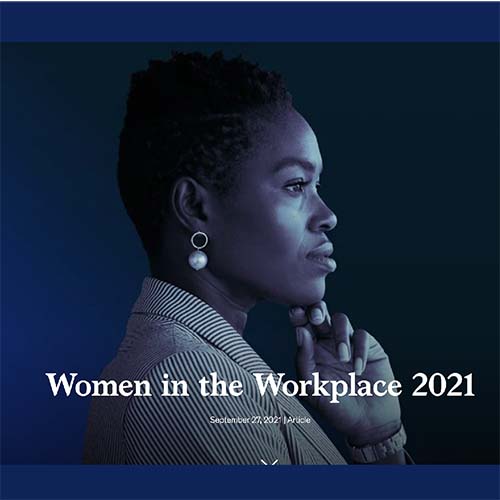
Representation
Matters!
This year, we celebrate Women’s History Month 2022 with a familiar concept for many, but let’s look closely to examine why Representation Matters and what it means for NIH. Allow us to engage, educate, and inspire while acknowledging the power of identity, inclusion, and belonging. Everyone should experience a sense of belonging in the workplace regardless of color, ability, race, national origin, sex, age, or any social construct. We aim to create and nurture belongingness at NIH. Join us as we explore the impact of representation on women in our community and beyond.
Message from the Strategist

What Representation Is and What it Isn’t
What’s happening outside of NIH is happening inside of NIH. We are simply a small-scale community. Knowing that to be true, we also know that people who experience inclusion experience a true sense of belonging while also feeling that their individuality is recognized and valued by others. Let’s be clear, representation is not the same as tokenism. If you happen to be the only or one of a few, that does not necessarily equate to tokenism. Tokenism is defined as the policy or practice of making a symbolic gesture. Good hiring practices rely on parameters which focus on qualifications, skills, experience, and abilities when considering possible candidates. It is inaccurate to assume that someone is a “token” simply because they are the only one. NIH recognizes that innovation comes from leveraging the ideas of diverse talent to drive health discovery which includes the contribution of women. Happy Women’s History Month!
- Joy Postell
A Message from Leadership
Why does representation matter to you? Join the conversation on our social media channels this month. Tell us what posts resonate the most with you or any additional content you’d like to see. Feel free to drop us a DM, too!
#NIH_WHM
Women by the Numbers
These infographics provide insights about the NIH workforce by race, ethnicity, sex, and disability status; the education level of women in the U.S. workforce; and the gender gap in Nobel Prize winners. You may print, download, and share these infographics. Visit the websites to learn more.
Women by the Numbers
These infographics provide insights about the NIH workforce by race, ethnicity, sex, and disability status; the education level of women in the U.S. workforce; and the gender gap in Nobel Prize winners. You may print, download, and share these infographics. Visit the websites to learn more.
EDI Blogs
Executive Orders
Here are some recent Executive Orders put in place to advance racial equity and support for underserved communities. They highlight the new order to advance DEIA in the federal workforce along with the description of the White House council’s call to action to consider the interest and concerns of women and girls in STEM fields and in business.
Executive Order 13985
January 20, 2021, President Biden signs Executive Order Advancing Racial Equity and Support for Underserved Communities Through the Federal Government.
Executive Order 14035
Establishes a government-wide initiative to advance diversity, equity, inclusion, and accessibility in all parts of the Federal workforce in order to advance opportunity for communities that have historically faced employment discrimination and professional barriers, including women.
Executive Order 13506
This order establishes a coordinated Federal response to issues that particularly impact the lives of women and girls and ensures that Federal programs and policies address and take into account the distinctive concerns of women and girls, including women of color and those with disabilities...


